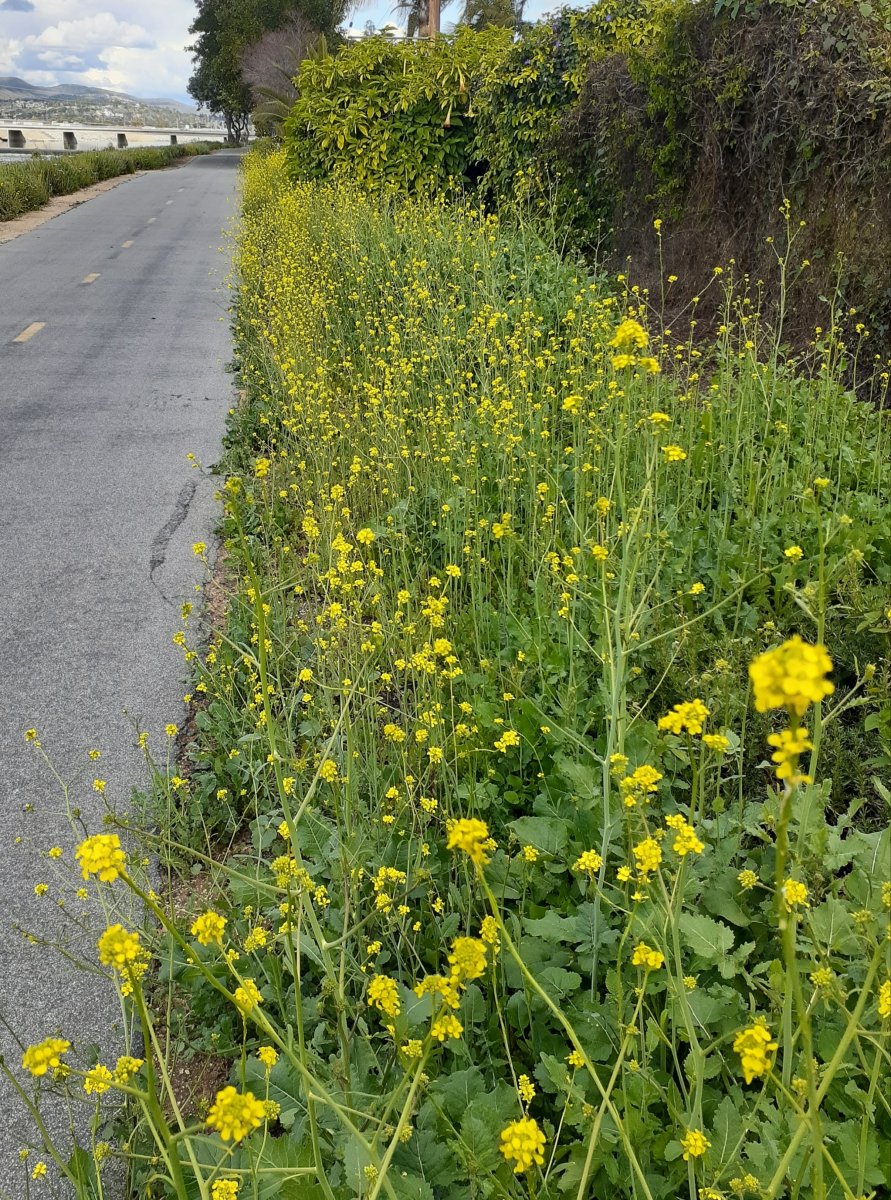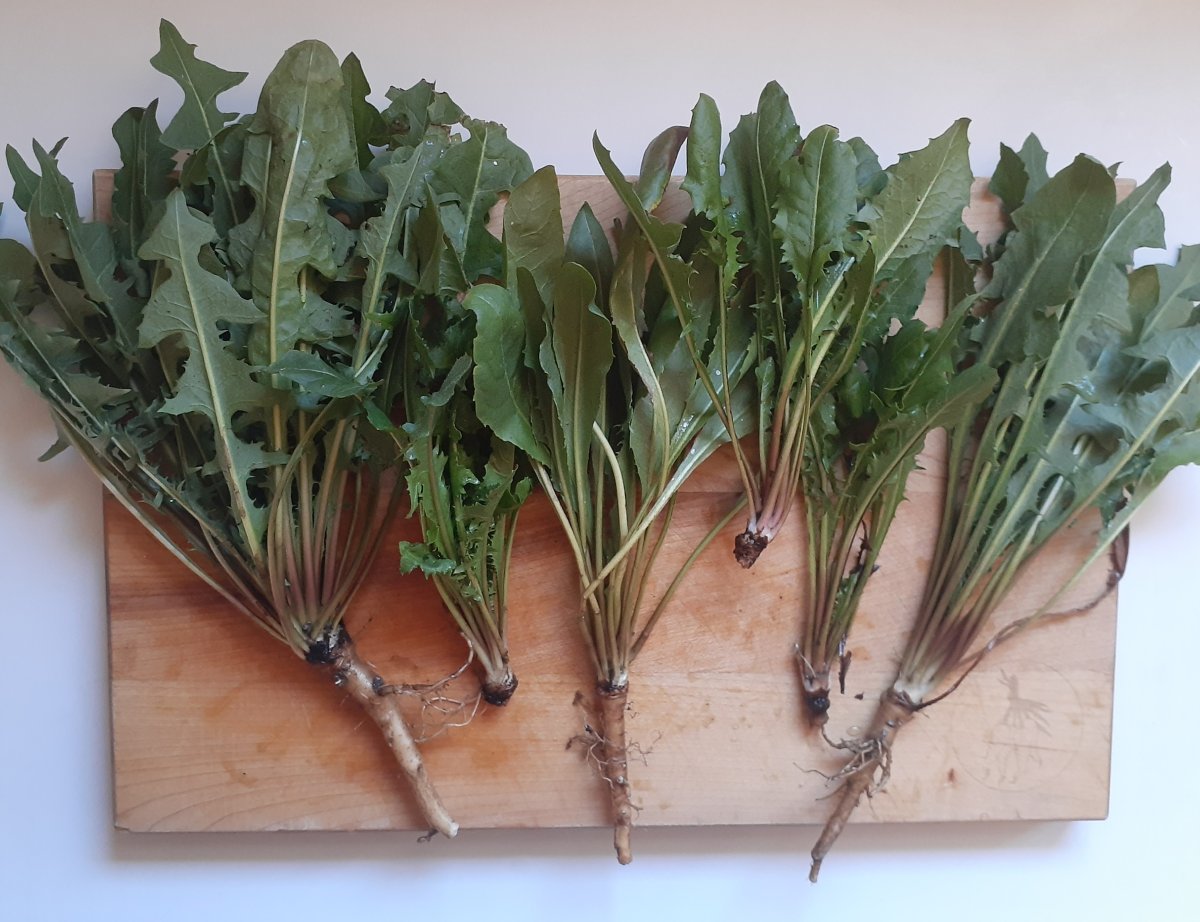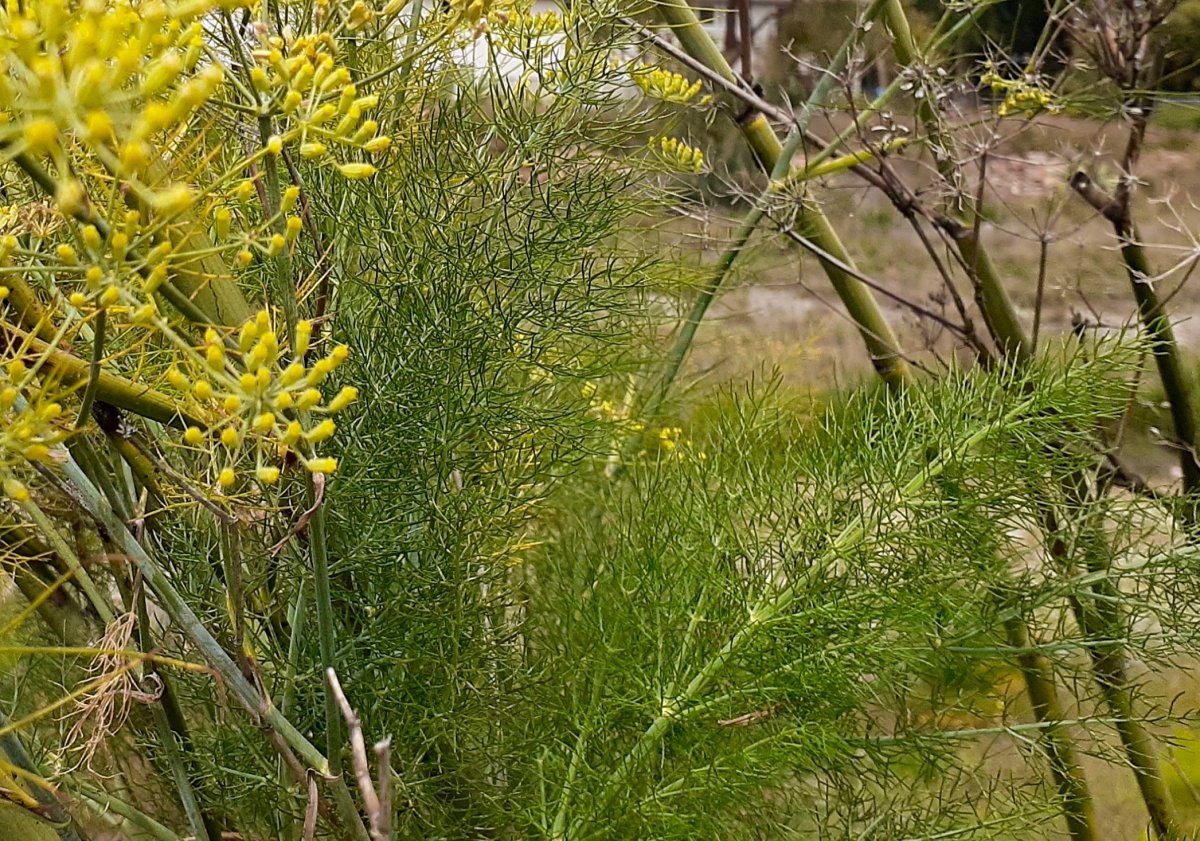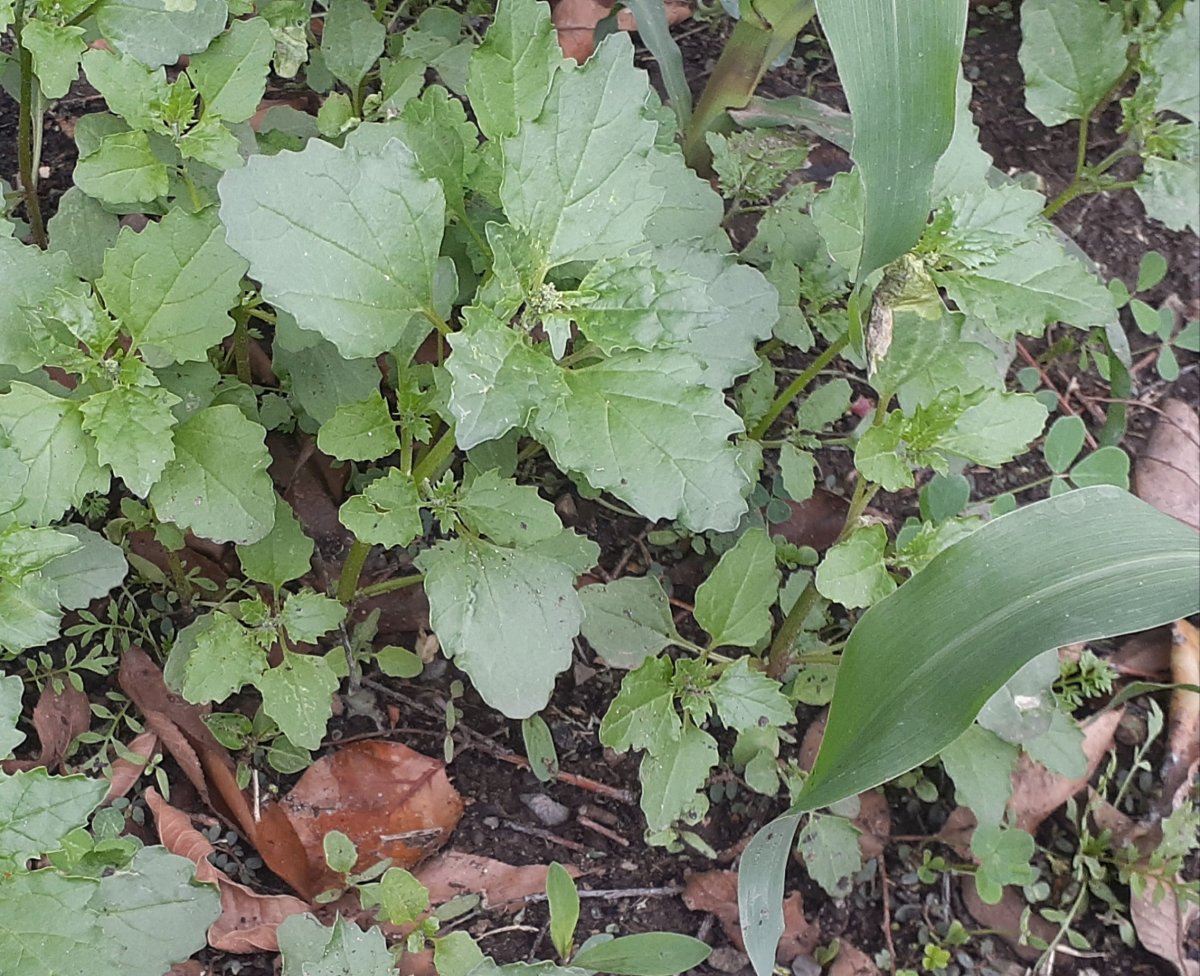March 6, 2023
Bountiful harvests, incredible nutrition, and all for little or no irrigation. What better defines sustainability?
Spontaneous vegetation, better known as weeds, has prolled humans for tens of thousands of years. Humans’ digestive system evolved to the naturally occurring vegetation, and in turn, that nature evolved to us, creating relationships that reach into metropolitan areas across the globe. A majority of our invasive plants are edible and many of those plants are considered superfoods. In fact, many of our weeds are sold in grocery stores.
Foraging urban weeds is historic, easy, and sustainable. The plants listed below can be found right outside your door, in public parks, and growing haphazardly in the pots on your balcony. Below are tips to keep you safe and 7 easy to find edible weeds for winter and spring.
Tips for Personal Health
- Proper Identification: Do not eat from a plant that you cannot positively identify and name. There are many free phone apps that help identify plants (including weeds) and some of the best are iNaturalist, PlantNet, PictureThis, and iplant.
- Observe: Do not harvest urban foods that are discolored, deformed, or shriveled, which are indicators of chemicals and diseases.
- Wash: Wash all urban foods in water that is warmer than the food, which helps remove dust and bugs.
- Boil: Boil urban foods in water over 165F degrees to ensure harmful pathogens are killed. If working with baby or fine greens, a flash boil, which means the material is submerged for only 1 minute or so, is all that is needed (you do not want to cook off the nutrition).
Seven Highly Nutritious Weeds
Black mustard, Brassica nigra: Leaves, flowers and seeds are edible. Black mustard is a superfood. It is very high in fiber and vitamins A, C and K. It also has a lot of calcium, folate, iron, manganese, potassium, and vitamins B6 and E. And it has some fatty acids, protein, and phosphorus. Like many mustards, black mustard is anti-inflammatory and antioxidant. Mustard can be eaten raw and added to salads or made into pesto. Because it becomes too coarse and strong in summer, mustard should be cooked and added to soups, pizzas and lasagna.

Black Mustard
Cheeseweed, Malva parviflora: Leaves, stalks, fruits and roots are edible. Cheeseweed is a superfood. It is rich in chlorophyll, calcium, fiber, iron, magnesium, pectin, potassium, selenium, and vitamins A and C. Its leaves, shoots and roots are an anti-inflammatory and antioxidant. Cheeseweed leaves have a bland flavor and are best eaten raw, although it is often added to soups.

Cheeseweed
Dandelion, Taraxacum spp.: Entire plant is edible: leaves, stems, flowers and roots. Dandelion leaves are a superfood. They are loaded with calcium, essential fatty acids, iron, magnesium, phosphorus, potassium, sodium, and vitamins A, B and C. The entire plant is both anti-inflammatory and antioxidant. Dandelion leaves can be eaten raw in winter and early spring but become too bitter late spring and summer, requiring a little cooking to mute the flavor.

Dandelion
Fennel, sweet, Foeniculum vulgare: Young leaves, stems, bulb, and seeds are edible. Fennel is a superfood. It is an excellent source of vitamin C. It is a very good source of copper, fiber, folate, manganese, phosphorus, and potassium. And it is a source of calcium, iron, magnesium, and vitamin B3. Fennel is anti-inflammatory and an antioxidant. All of fennel can be eaten raw or cooked, although the leaves become chewy in summer and fall and cooking is advised.

Fennel, sweet
Goosefoot and lambsquarters, Chenopodium album and C. murale: Eat the leaves and seeds. These plants are nearly a superfood and contain high amounts of calcium, manganese and vitamins A and C, along with some B6, protein and riboflavin. Goosefoot and lambsquarters have a mild taste and are best enjoyed raw.

Goosefoot and lambsquaters
Plantain, Plantago major: Eat the abundant leaves. Plantain is nearly a superfood. The leaves are very high in calcium, fiber and vitamin A. They are also high in vitamins C and K. They have mild anti-inflammatory and antimicrobial properties and are excellent as a salve for healing wounds. While mild in taste, plantain leaves are high in cellulose and should be lightly cooked to make digestion easier.

Plantain
Stinging nettle, Urtica urens: Eat the leaves. Stinging nettle is a superfood. It is rich with chlorophyll, calcium, iron, magnesium, potassium, and vitamins A, C, D and some K. It is an anti-inflammatory. Stinging nettle must be cooked to eat—you will get stung if not. Steaming, boiling and adding raw leaves to dishes, such as pizza, are all that is needed to remove the sting.

Stining Nettle
Happy Harvesting!
Doug is a long time member of the Angeles Chapter Water Committee and author of 3 books, California Friendly, Firescaping: Protecting Your Home with a Fire-Resistant Landscape and Foraging Southern California: 118 Nutritious, Tasty, and Abundant Foods, which can be found in the Angeles Chapter Library.